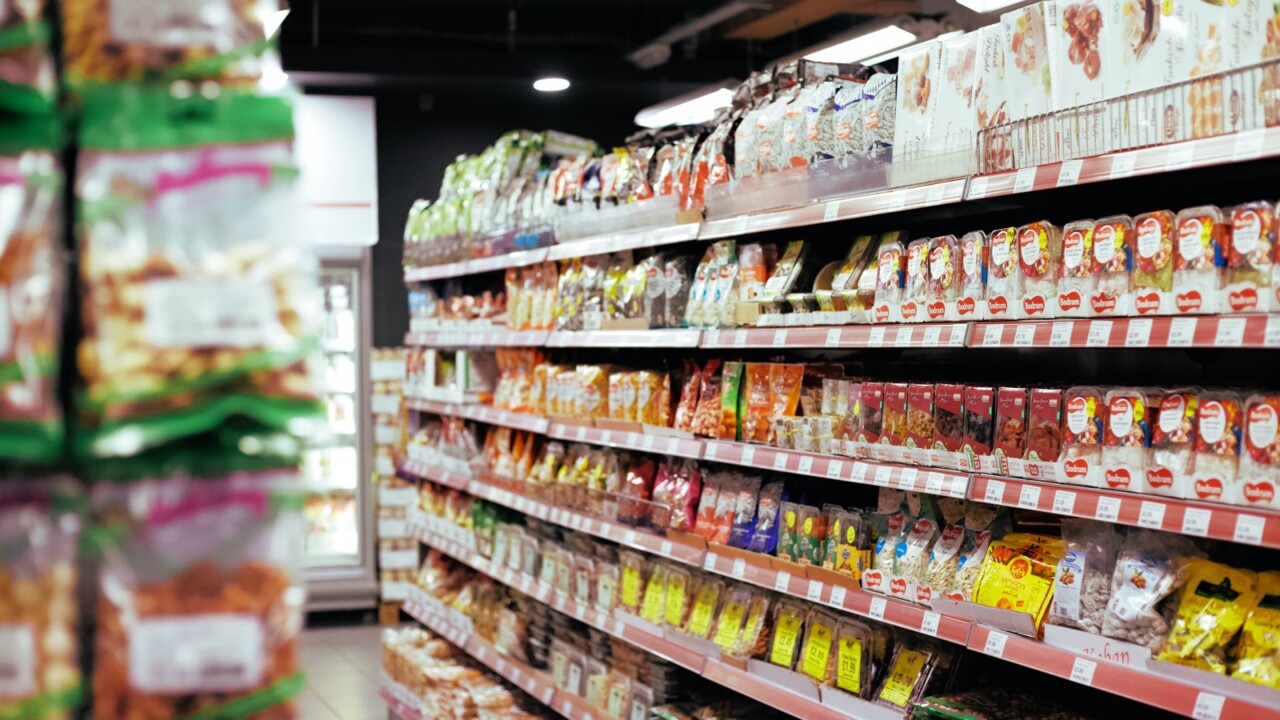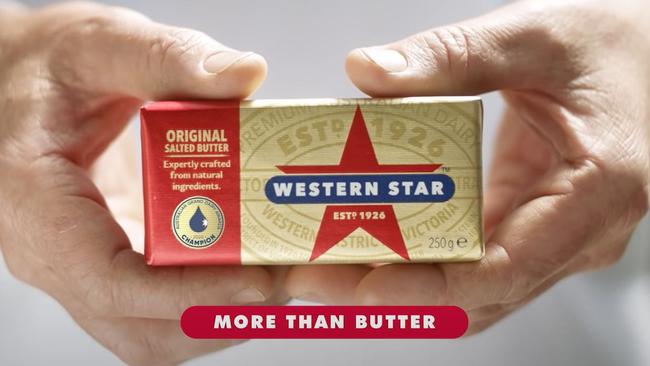New Zealand cheese and butter imports undercut Aussie rivals as local milk production plummets
Australia’s milk supply has dived by about 1 billion litres in the past four years, supporting higher prices but some retailers have a solution for hip-pocket pain at the checkout: New Zealand.

A wave of cheap New Zealand imports is churning up Australia’s dairy industry, undercutting locally produced cheese and butter on supermarket shelves as the cost of living soars.
While Australian farmers are being paid record prices for their milk, across the Tasman prices have begun to fall sharply, making Kiwi cheese and butter imports more attractive.
Fonterra – the world’s biggest dairy exporter – has committed to pay Australian farmers $9.55/kg for milk solids for the rest of this season. This compares with cutting the price it pays its New Zealand farmers to $NZ8.20/kg ($7.67) to $NZ8.80/kg on milk solids.
The near $2/kg price gap has flowed through to supermarket shelves, where New Zealand cheese and butter is priced significantly cheaper than Australian produced products — even plain-packaged home brands.
It underlines the severity of the crisis engulfing Australia’s dairy industry, in which milk production has been in freefall in the past four years and farmers face the perfect storm of drought, higher water and feed prices, and more recently labour shortages and the fallout from the war in Ukraine.
The national milk pool has lost about 1 billion litres of supply since late 2018, and more than a third of that has evaporated from northern Victoria, while the dairy-rich western part of the state and South Australia has shrunk by almost a quarter, according to food industry analyst Fresh Agenda.
The rapid contraction has fuelled competition in milk sourcing and higher farmgate prices, but has made Australia dairy products less competitive.
It has opened the door to not only more imported retail-ready products but also dairy ingredients – such as milk powders for infant formula – for Australian processing.

At Woolworths, New Zealand’s Westgold butter is selling for $1.45 per 100g, while its private label product made from Australian milk is priced at $1.72 per 100g. This compares with Australian branded products Western Star and Devondale, priced at $1.80 and $2.12 per 100g respectively.
The gap is even wider in the cheese category, with Woolworths selling New Zealand’s Hillview brand for $10/kg versus $13.50/kg for its private label product made from Australian milk. The New Zealand cheese is almost half the price of Australian branded products, with Bega selling at $19/kg.
And as the Reserve Bank of Australia embarks on its most aggressive series of interest rate rises in 30 years, preserving household budgets is trumping patriotism at the checkout.
A Dairy Australia report released this month, citing NielsenIQ data, found 33.8 per cent of Australian households were shopping between four supermarkets as they looked for cheaper options.
“The lack of milk production growth in Australia has helped insulate the industry from some of the pressures emerging overseas. However, global economic and geopolitical developments, and a growing surplus of dairy on international markets will inevitably exert influence,” the Dairy Australia report said.
Most of Australia’s dairy products are consumed locally, which helps shield local farmers against global price volatility.
New Zealand prices are more dependent on global markets, given the nation exports about 90 per cent of its products.

Rabobank senior analyst Michael Harvey said domestic milk production falling and cheaper global dairy commodity prices made imports more attractive.
“Australia is continually more and more short of milk supply, which means there are markets that are being exited or where there is a probability of supply availability issues,” he said.
“Hence, it has opened up opportunities for imports. We’ve always had imports but if you look at the longer-term trend, we’ve been growing our imports of butter because there’s a shortage of butterfat in the system – and that’s likely to continue.
“We can also be short at times of whey materials, so there’s certainly some ingredients and products where we are already a sizeable importer and that’s likely to grow because you have less milk supply and a domestic market which is still growing, which means you don’t have as much milk to sell.”
Fresh Agenda has forecast Australian milk production to fall below 8 billion litres next season — less than the output in the 1993/94 season.
“This decline isn’t simply about climate patterns – we’ve been in a la nina event (associated with wetter weather) for more than two years but recorded some of the worst losses in good seasonal conditions,” Fresh Agenda said in a presentation released in January.
“No longer is it driven by farmgate milk prices. The major factors driving farm exits and the decline in milk are: capital values of assets (land and cows) are attractive; lack of ownership and management succession; lack of farm labour; dairy farming is more complex than alternative farm enterprise uses which (provide) more attractive returns.
“It will take time before output steadies, but substantial reversal is less likely.”
A spokeswoman for Woolworths said it sourced all its fresh milk and the “vast majority” of its other dairy products from Australia.
“We’re proud to support our homegrown dairy industry,” the spokeswoman said. Woolworths has awarded $2m in grants via its Dairy Innovation Fund to more than 20 Australian dairy farms to support on-farm investments that boost efficiency, technology or resilience.
The spokeswoman defended Woolworths’s importation of cheaper New Zealand products.
“Our close neighbour, New Zealand, is the largest exporter of butter globally. There are different market conditions in the dairy sectors in Australia and New Zealand, and wherever we can we will pass savings on to our customers. This is reflected in the shelf price.
“We want to ensure that our customers have access to great value and great quality dairy products, at a time when cost of living pressures are having a real impact on Australian families.”



